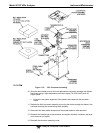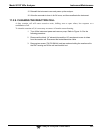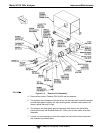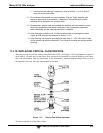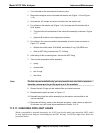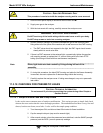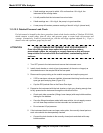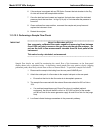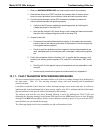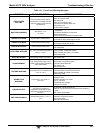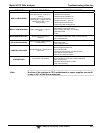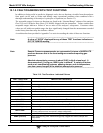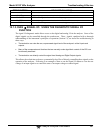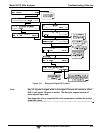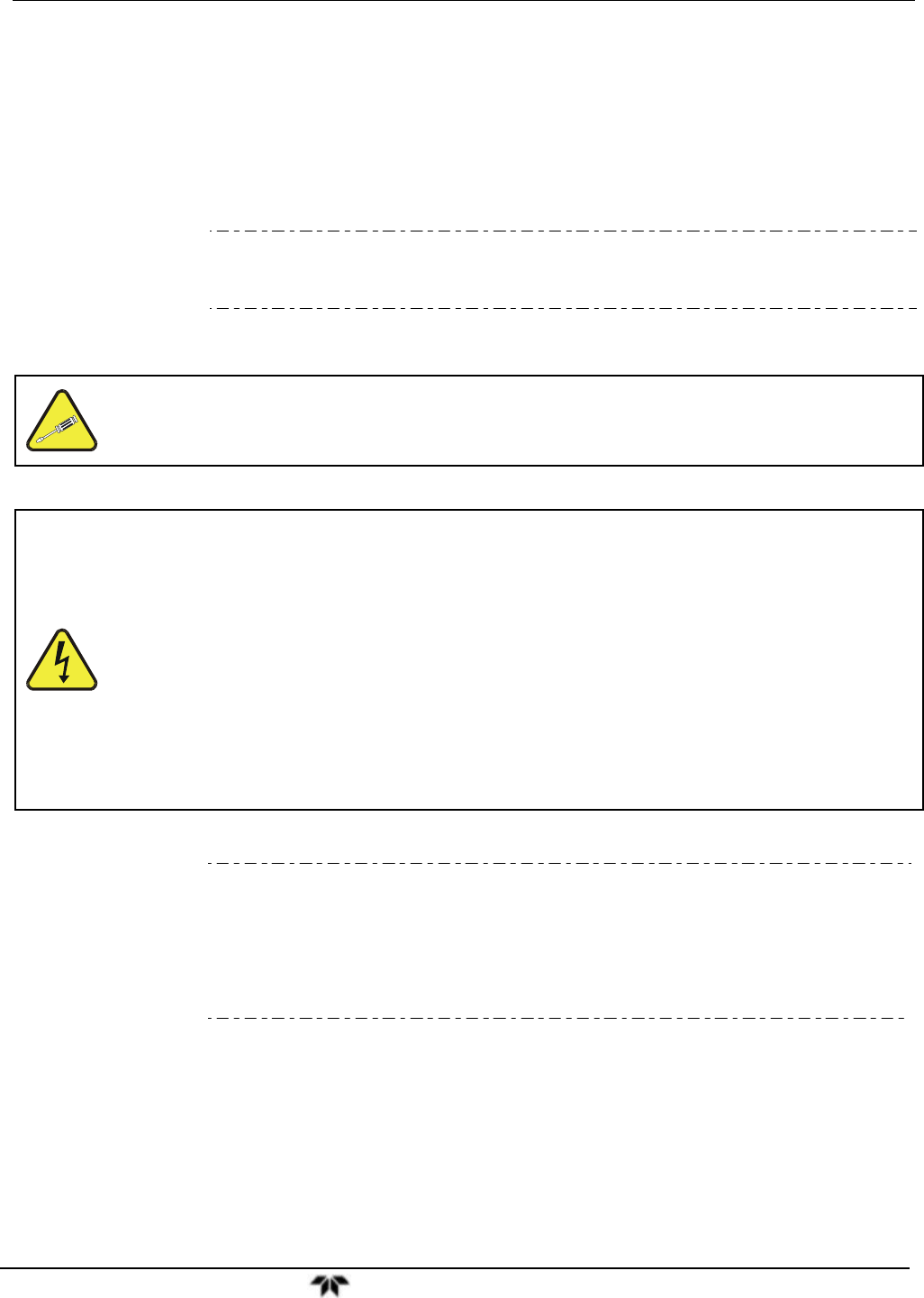
Model 9110T NOx Analyzer Troubleshooting & Service
Teledyne Analytical Instruments 261
12. TROUBLESHOOTING & SERVICE
This section contains a variety of methods for identifying the source of performance problems with the
analyzer. Also included in this section are procedures that are used in repairing the instrument.
Note: To support your understanding of the technical details of maintenance,
Section 13, Principles of Operation, provides information about how the
instrument works.
CAUTION
The operations outlined in this section must be performed by qualified
maintenance personnel only.
WARNING
RISK OF ELECTRICAL SHOCK
Some operations need to be carried out with the analyzer open and
running.
Exercise caution to avoid electrical shocks and electrostatic or
mechanical damage to the analyzer.
Do not drop tools into the analyzer or leave those after your procedures.
Do not short or touch electric connections with metallic tools while
operating inside the analyzer.
Use common sense when operating inside a running analyzer.
Note
The front panel of the analyzer is hinged at the bottom and may be
opened to gain access to various components mounted on the panel
itself or located near the front of the instrument (such as the particulate
filter).
Remove the locking screw located at the right-hand side of the front
panel.
12.1. GENERAL TROUBLESHOOTING
The 9110T Nitrogen Oxide analyzer has been designed so that problems can be rapidly detected,
evaluated and repaired. During operation, it continuously performs diagnostic tests and provides the
ability to evaluate its key operating parameters without disturbing monitoring operations.
A systematic approach to troubleshooting will generally consist of the following five steps:



